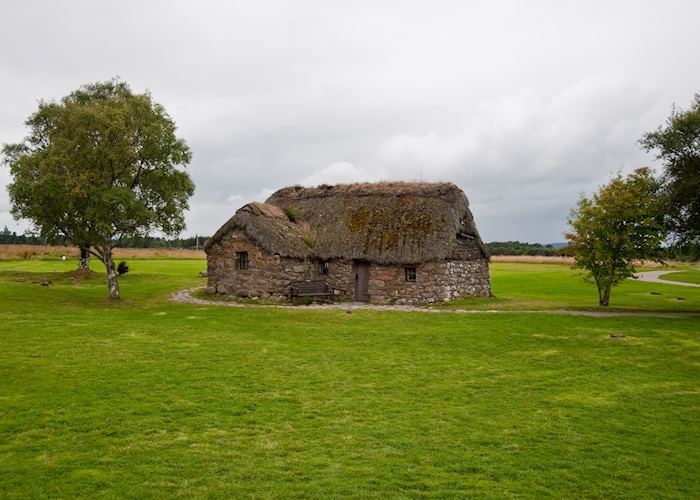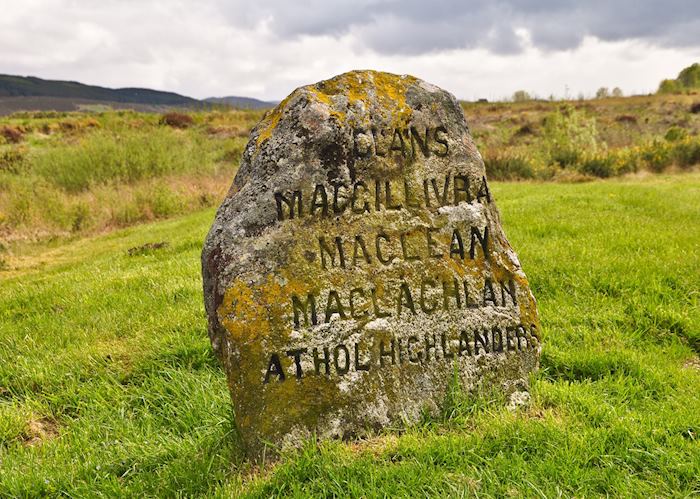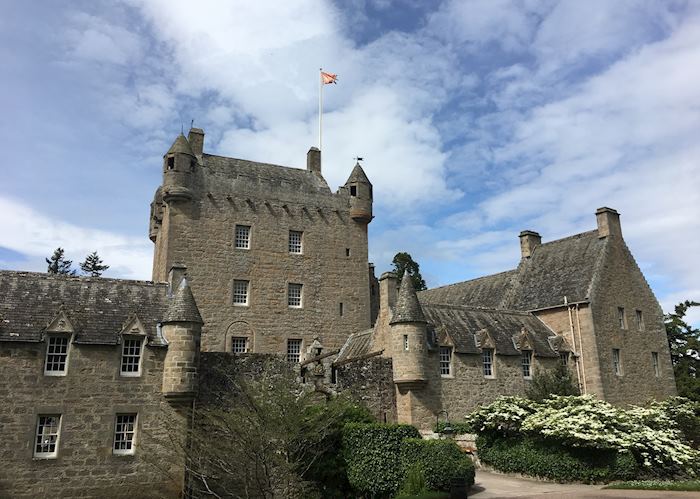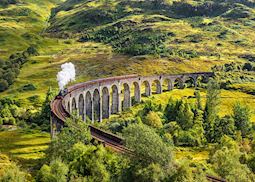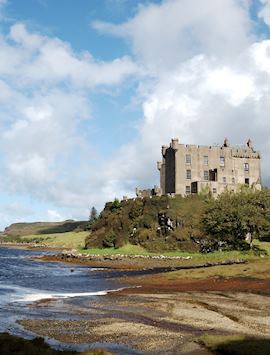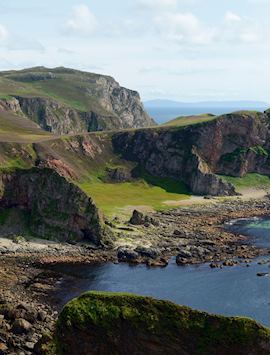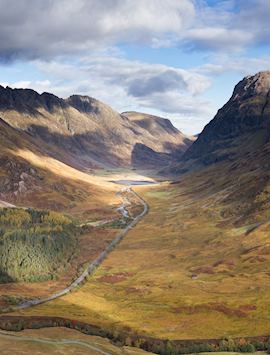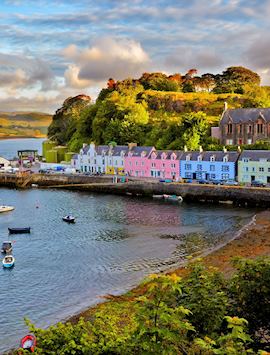Fear of Catholic tyranny led to King James II being deposed during the Glorious Revolution of 1688, when his Protestant daughter Mary and her Dutch husband, William of Orange, took control of the nation. Supporters of the ousted king, and their descendants, became known as Jacobites and their legacy in Scotland lasted hundreds of years.
This pivotal period of history can be explored on a guided tour of its key sites, visiting battlefields and castles, as well as prehistoric remains, as a means of throwing light on Scotland's complex past.
This private half-day tour begins at your hotel when your driver-guide picks you up and takes you to the Culloden Battlefield to the east of Inverness, a place that will be forever synonymous with the Jacobite Rebellion of the 18th century. It was here that the final battle of the uprising took place and where the Jacobite Highlanders were irrevocably crushed by the English Red Coats.
The Culloden Battlefield Visitor Centre has an excellent exhibition on the history of these events, portrayed from both political sides. It also gives an individual's recollection of the battle, as well as a wider perspective on its significance.
The exhibition continues out on the moorland where you can explore a marked path leading over the battlefield itself while learning about the specifics of the event with the aid of an audio-guide.
From Culloden you travel farther east to the Clava Cairns, three Bronze Age structures encompassing burial chambers and standing stones which originally formed part of a larger ancient cemetery. The cairns are extraordinarily well preserved despite dating back around 4,000 years.
Archeologists suggest they remained in use for about 1,000 years. Their otherworldly character has seen them used as a filming location for the TV show Outlander, in which the main character, Claire, travels back in time to the 18th century through a ring of standing stones.
Northeast of the cairns you'll get to explore 14th-century Cawdor Castle, an imposing stronghold which has been strongly linked to Macbeth — albeit Shakespeare’s fictional character rather than the true historical figure.
Regardless, the castle is an example of the changes wrought on culture, society and architecture over the course of time. Cawdor is still used as a family home and its lavish, yet somehow homespun, interiors showcase a medley of family heirlooms, portraits and historic memorabilia.
During the day you'll be able to have lunch (not included), choosing from our and your driver’s suggestions. When the tour is complete your driver will take you back to your hotel.

